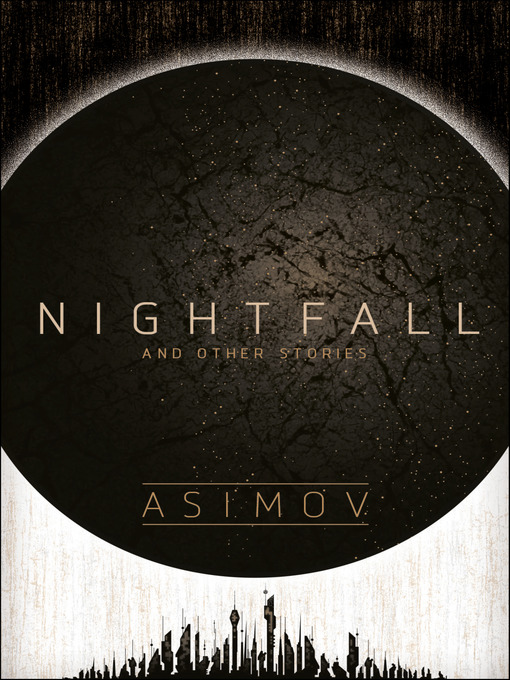Nightfall and Other Stories is a collection of works written and compiled by Isaac Asimov, who was considered a major science fiction writer in the 1900s. Though each narrative is a classic in its own right, I’ve picked out a few that stood out so that I may write a short explanation and/or analysis. Here goes!
Nightfall
“Nightfall,” regardless of its age, has certain themes that are quite relatable. For one, its premise speaks to readers with caution, as it demonstrates our stubbornness and our outright rejection to believe what we cannot see, and so when an outcome occurs the consequences are far more severe. Therefore, despite its shortness in length, Asimov is able to structure his points skillfully. To explain, as his main purpose is to establish the ease at which people lose themselves once shown a foreign situation, he creates a civilization that has never been covered in darkness. In turn, once citizens are able to see their first eclipse, none can take the experience (and go mad as a result). In this manner, Asimov illustrates the importance of balance: we cannot learn to appreciate light (yang) if we’ve never felt our way out of the dark (yin).
Fun Fact: “Nightfall,” which was published in 1941, was soon voted by the Science Fiction Writers of America as the best science-fiction short story ever written.
Green Patches
“Green Patches” was an unexpected surprise, as it questions our private values. It asks us whether we could survive as a single “organism” (or consciousness), or if our human instincts for independent growth and movement would smash that chance. In this case, Asimov demonstrates that despite our cries for unity, society thrives on anarchy and thus prefers chaos over peace.
Fun Fact: “Green Patches,” which was published in 1950, had its title changed to “Misbegotten Missionary” (which was later on changed back to “Green Patches”).
Eyes Do More than See
In “Eyes Do More than See,” Asimov paints out a distant future in which humans have given up their physical forms (and become energy beams). However, these entities soon realize the repercussions of such a choice, for they can remember memories that spoke of earlier passions, love, and far off adventures. In turn, readers are met with a lesson that hints at appreciation – in other words, we should learn to value our concrete, more tangible lives that we abide to, in which we experience sorrow, passion, and loss.
Fun Fact: “Eyes Do More than See” was nominated in 1966 for a Nebula Award under ‘Best Short Story.’
-Emilia D.

